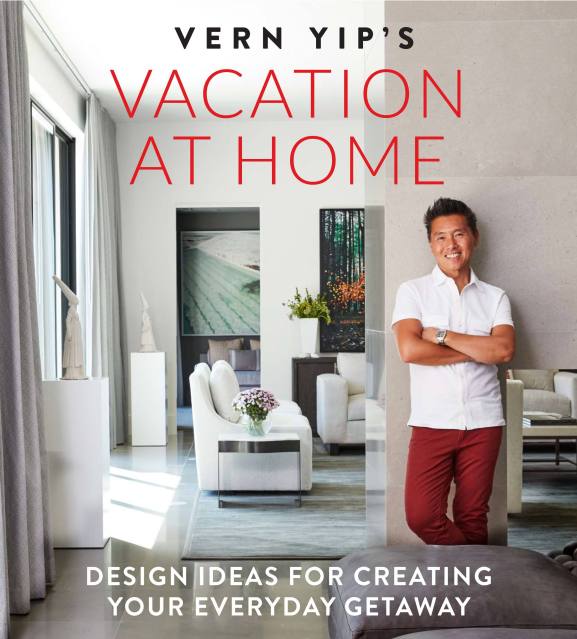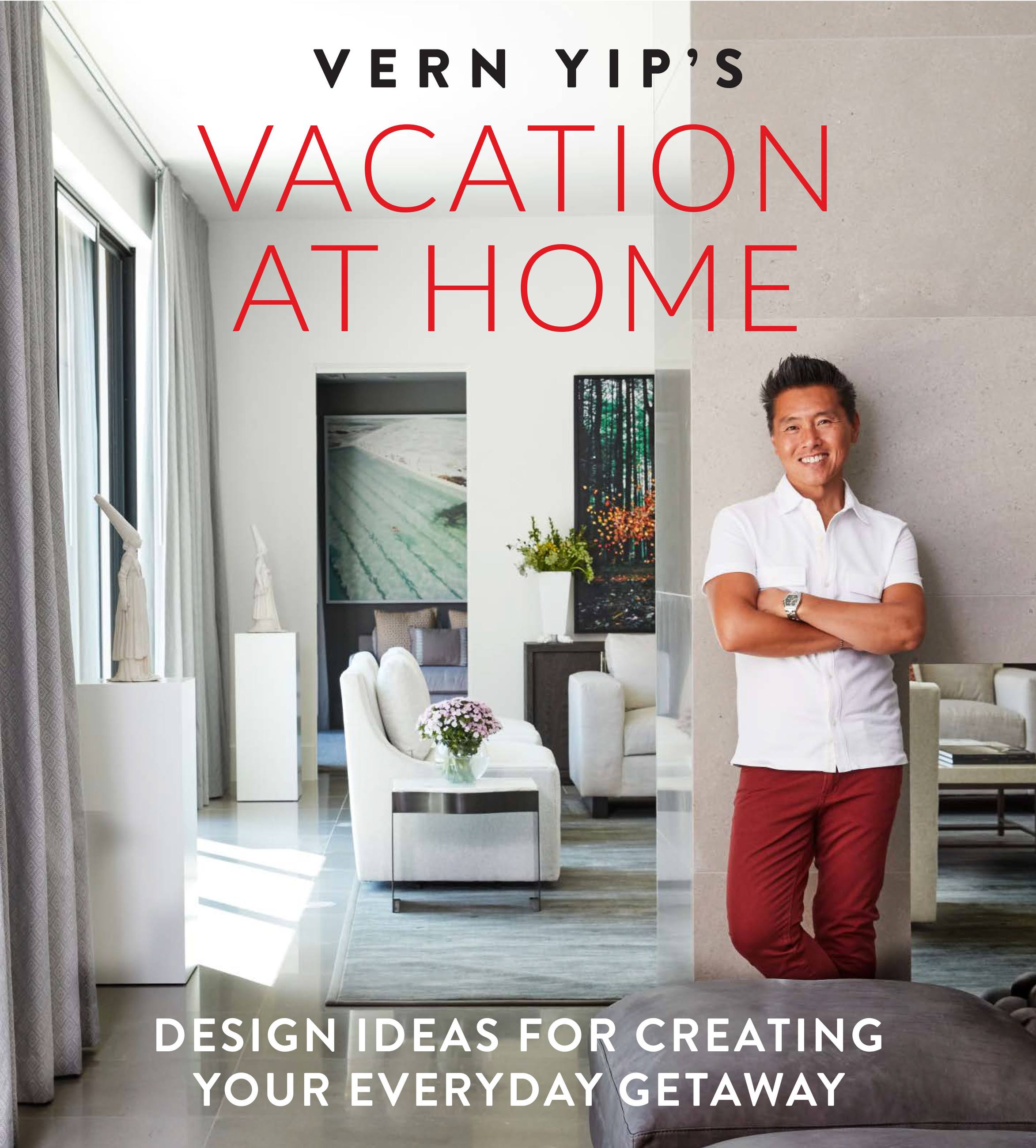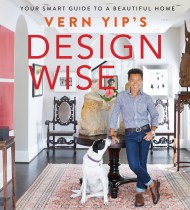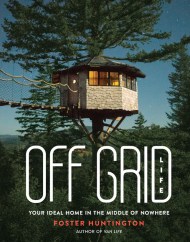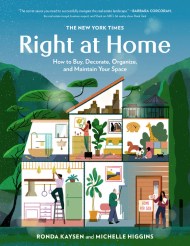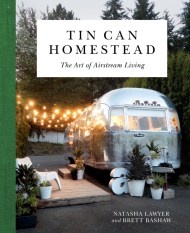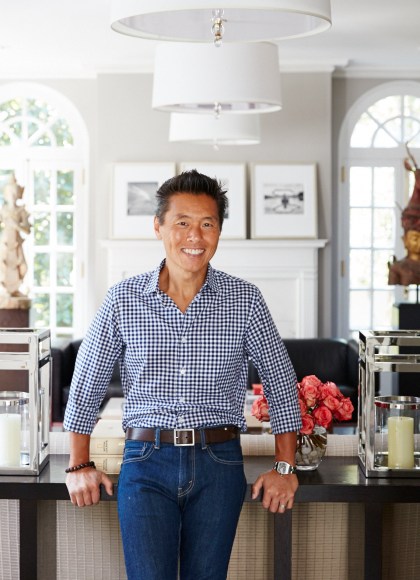Promotion
Use code MOM24 for 20% off site wide + free shipping over $45
Vern Yip's Vacation at Home
Design Ideas for Creating Your Everyday Getaway
Contributors
By Vern Yip
Formats and Prices
Price
$14.99Price
$19.99 CADFormat
Format:
- ebook $14.99 $19.99 CAD
- Hardcover $27.50 $36.50 CAD
This item is a preorder. Your payment method will be charged immediately, and the product is expected to ship on or around August 27, 2019. This date is subject to change due to shipping delays beyond our control.
Also available from:
Vern Yip, veteran interior designer from Trading Spaces and HGTV–and author of the NYT bestseller Vern Yip’s Design Wise– is back to reveal the design tricks and practices that will give any home a serene, luxury retreat-like feel.
We’ve all heard that our home should be our sanctuary, but most of us fall short of that ideal. Too often, the reality is that our homes are just another place for stress and work. Now trusted HGTV and TLC interior designer Vern Yip is here to guide us on confidently creating a home where we can instantly feel relaxed and rejuvenated, while also reflecting our individual style and needs.
In this lush, beautifully illustrated book, Vern shares the tips, tricks, and design principles that 5-star resorts and hotels use to help guests get into vacation mode, and shows how we can duplicate that sense of ease and relaxation (while fitting into our personal design flair). He also opens the doors to some of his clients’ homes to show you how these key design principles can vary with different styles, tastes, and locations. With Vern’s reassuring tone and clear, easy steps, readers can create spaces that can make everyday feel like vacation!
We’ve all heard that our home should be our sanctuary, but most of us fall short of that ideal. Too often, the reality is that our homes are just another place for stress and work. Now trusted HGTV and TLC interior designer Vern Yip is here to guide us on confidently creating a home where we can instantly feel relaxed and rejuvenated, while also reflecting our individual style and needs.
In this lush, beautifully illustrated book, Vern shares the tips, tricks, and design principles that 5-star resorts and hotels use to help guests get into vacation mode, and shows how we can duplicate that sense of ease and relaxation (while fitting into our personal design flair). He also opens the doors to some of his clients’ homes to show you how these key design principles can vary with different styles, tastes, and locations. With Vern’s reassuring tone and clear, easy steps, readers can create spaces that can make everyday feel like vacation!
Genre:
- On Sale
- Aug 27, 2019
- Page Count
- 240 pages
- Publisher
- Running Press
- ISBN-13
- 9780762464838
Newsletter Signup
By clicking ‘Sign Up,’ I acknowledge that I have read and agree to Hachette Book Group’s Privacy Policy and Terms of Use
